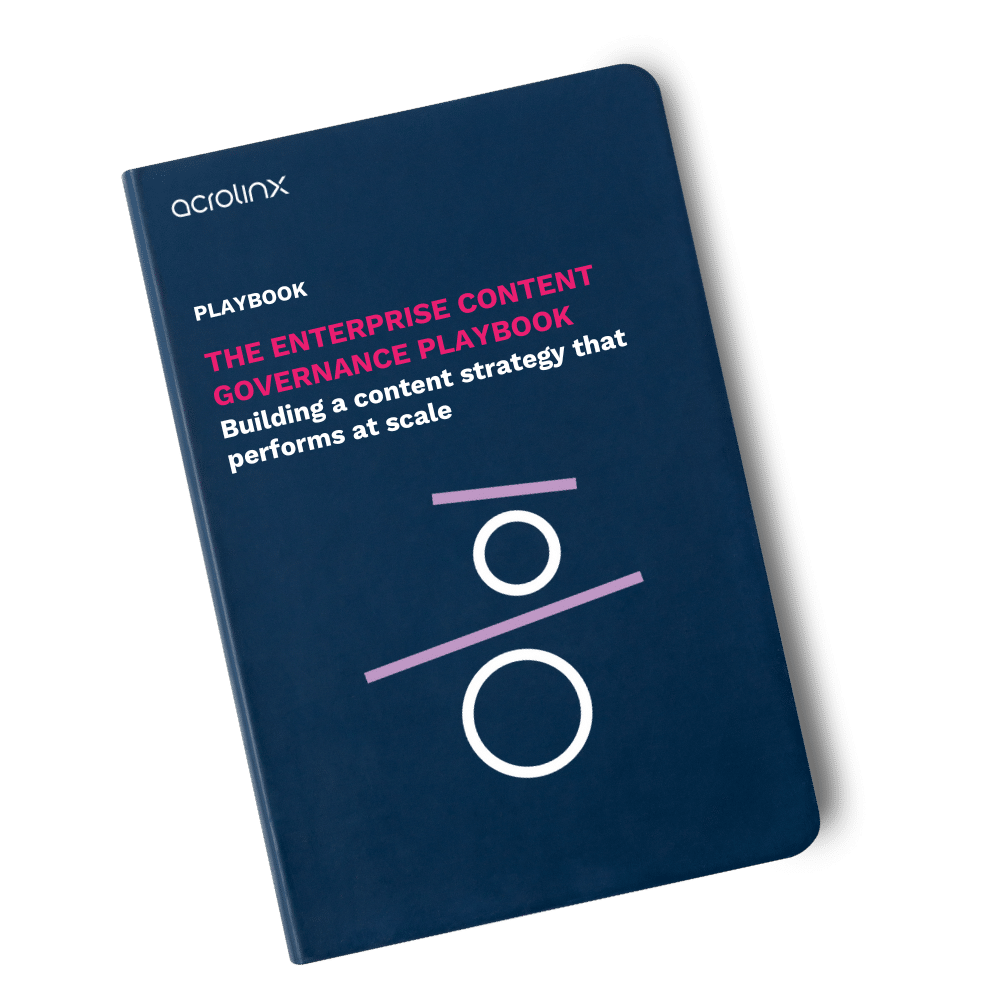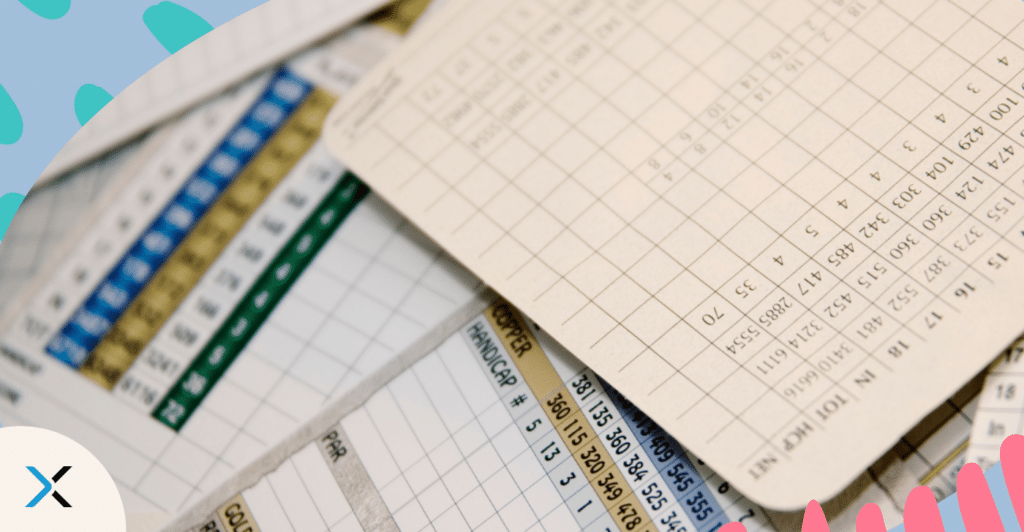
What’s a hyphen?
A hyphen (-) is a punctuation mark that’s used to connect words or parts of words:
- My cousin is a thirty-five-year-old jack-of-all-trades.
- A time of self-reflection about one’s decision-making skills.
- A feeling of short- and then long-term regret.
Like most punctuation, using hyphens correctly can be a tricky matter that many people never quite grasp. But don’t let this piece of punctuation become a writing mistake that creeps into your content. And while it would take pages and pages to cover all of the nuances of hyphen usage, we can cover the bases pretty quickly. Here goes:
Use hyphens with compound adjectives that appear before nouns
Any time you stack two or more words together in front of a noun, so that they collectively function as an adjective, you’ve created what’s called a compound adjective. Compound adjectives are generally hyphenated:
- He’s looking for a cat-friendly apartment.
- She had a very matter-of-fact expression on her face.
The key is that those compound adjectives need to come before the noun they’re modifying. Otherwise you don’t use hyphens:
- He’s looking for an apartment that’s cat friendly.
- The expression on her face was very matter of fact.
And while you can use multiple words in your compound adjectives (a hard-to-find place, a soon-to-be-forgotten example), you don’t want to overdo it:
This is bad → An around-the-world-all-expenses-paid-once-in-a-lifetime vacation.
Last, but not least, don’t use hyphens with adverbs:
- Incorrect: The cleverly-disguised detective.
- Correct: A mercifully short example.

Use suspended hyphens to avoid redundancy in a series
Imagine you’re describing a new kind of fabric. You could write:
We’re selling a new stain-resistant, wrinkle-resistant, and odor-resistant fabric.
However, a more concise way to express the same idea is to use suspended hyphens:
We’re selling a new stain-, wrinkle-, and odor-resistant fabric.
When to avoid hyphens with prefixes (and the key exceptions)
Resist the temptation to hyphenate any word that starts with a prefix:
- Write coauthor, not co-author
- Write nonviolent, not non-violent
- Write reedit, not re-edit
Having said that there are many exceptions. Here are two rules to help you find the more common ones:
1. Use a hyphen before a capitalized word or a numeral (pre-Columbian, post-1970).
2. To separate two i’s, two a’s, and other combinations of letters that could easily be misread, such as anti-inflammatory or mega-annoyance.
How to use hyphens for age and numbers
When expressing age and numbers, many writers incorrectly use hyphens in situations where they are unnecessary.
Correct: “A 10 year old boy,” “The 5 mile race”
Incorrect: “A 10-year-old boy,” “The 5-mile-race”
Hyphens are only necessary in these expressions when the age or number is used as a compound adjective before a noun.
Correct: “A 10-year-old boy” or “ten-year-old boy”
Incorrect: “A 10 year old boy”
Also, Hyphenate numbers when written out or expressed as a fraction, but not when expressed as percentages:
Q: If twenty-eight people came to the party and two-thirds got drunk, what percentage of them woke up with a hangover the next day?
A: 66 percent.
Perfecting hyphen usage for clear and precise writing
Getting hyphen usage right is key to clear and professional writing. The readability of your writing will be significantly improved by avoiding common grammatical mistakes such as misplacing hyphens in compound adjectives, overusing prefixes, and mixing up dashes with hyphens. Proper hyphenation, especially in compound words, age expressions, and numbers, helps keep your writing precise and easy to follow.
Staying on top of hyphen rules and practicing correct usage will keep your writing sharp as language evolves. In the end, mastering hyphens will enhance your clarity and give your writing a more polished, professional feel. So, make hyphen use a priority, and see how it sharpens your communication.
Have we answered all of your hyphen-related questions?
Maybe, maybe not. If you really want to geek out on hyphens, check out this great reference page from the good folks over at The Chicago Manual of Style. It goes really deep. And, if you’re still in doubt about hyphen usage, look it up in the dictionary or, better yet, let Acrolinx help you make sure you’re using them correctly by incorporating writing standards into your enterprise guidance.
You can also explore more of our grammar tips blogs on the Oxford comma, how to make subjects and verbs agree, the right way to use colons and semicolons, active versus passive voice, and when to use that instead of which.
Make sure to check out the Grammar Guide for Busy People for more helpful tips and tricks to make sure your content has flawless grammar.
Are you ready to create more content faster?
Schedule a demo to see how content governance and AI guardrails will drastically improve content quality, compliance, and efficiency.
The Acrolinx Team





